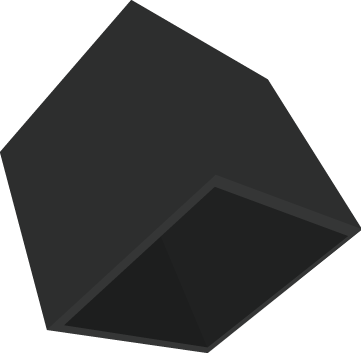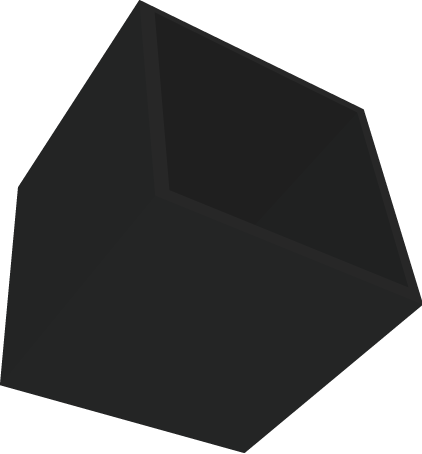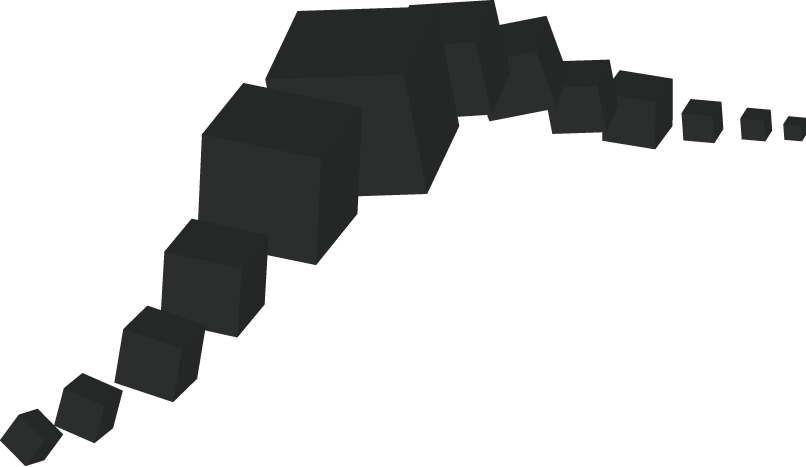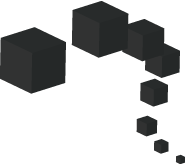Accès chercheur
SPEEDING UP FRACTAL IMAGE COMPRESSION BY GENETIC CODING
| Auteurs: | » FARAOUN Kamel Mohamed » BOUKELIF Aoued |
| Type : | Conférence Internationale |
| Nom de la conférence : | Multidimensional Systems and Signal Processing |
| Lieu : | Pays: |
| Lien : » | |
| Publié le : | 01-01-2005 |
The main problem with all fractal compression implementation is execution time. Algorithms
can spend hours to compress a single image. Most of the major variants of the standard algorithm for
speeding up computation time have led to a bad-quality or a lower compression ratio. For example,
the Fisher’s [7] proposed classification pattern greatly accelerated the algorithm, but image quality was
poor due to the search-space reduction imposed by the classification, which eleminates a lot of good
solutions.
By using genetic algorithms to address the problem, we optimize the domain blocks search. We explore
all domain blocks present in the image but not in exhaustive way (like a standard algorithm) and
without omitting any possible block (solution) as a classification pattern does. A genetic algorithm is the
unique method for satisfying these constraints. And it is a way to do be a random search because the
genetic one is directed by fitness selection, which produces optimal solutions.
Our goal in this work is to use a genetic algorithm to solve the IFS inverse problem and to build a
fractal compression algorithm based on the genetic optimization of a domain blocks search. we have
also implemented standard Barnsley algorithm, the Y. Fisher based on classification, and the genetic
compression algorithm with quadtree partitioning. A population of transformations was evolved for
each range block, and the result is compared with the standard Barnsely algorithm and the Fisher
algorithm = based classification.
We deduced an optimal set of values for the best parameters combination, and we can also specify the
best combination for each desired criteria: best compression ratio, best image quality, or quick compression
process. By running many test images, we experimentally found the following set of optimal
values of all the algorithm parameters that ensure compromise between execution time and solutions
optimality: Population size = 100, Maximum generations = 20, Crossover rate = 0.7, Mutation
rate = 0.1, RMS limit = 5, Decomposition error limit = 10, Flips and isometrics count = 8.
In our proposed algorithm, results were much better than those obtained both vences and Rudomin [5]
and Lankhorst [4] approaches.





